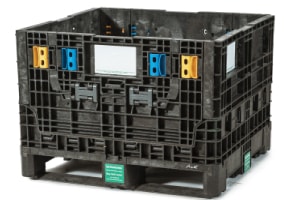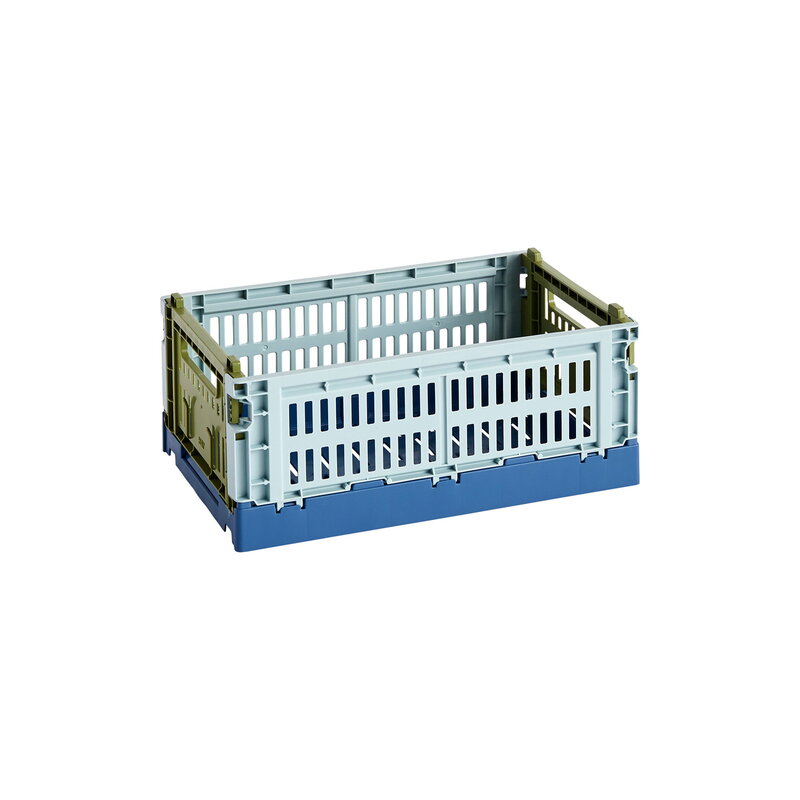From Waste to Resource: Purchasing Recycled Plastic Containers
Reduce Waste and Save Prices With Utilized Plastic Containers for Recycling
One method that companies are increasingly discovering is the use of made use of plastic containers for recycling. The possibility of repurposing plastic containers goes much past simply waste decrease; it presents a compelling possibility for companies to straighten their operational techniques with an extra lasting future.
Environmental Benefits of Reusing Containers
Reusing plastic containers substantially minimizes waste and contributes to ecological sustainability by decreasing the demand for new plastic manufacturing. By extending the life expectancy of plastic containers with reuse, fewer sources are needed for production, which consequently causes reduce energy intake and greenhouse gas exhausts linked with production processes. In addition, reusing plastic containers helps divert them from land fills or incineration, decreasing the ecological influence of plastic waste disposal.
This technique also plays a vital duty in preserving natural deposits like oil, which is a key component in plastic manufacturing. By recycling containers, less virgin plastic needs to be made, inevitably preserving important fossil gas reserves. Additionally, reusing plastic containers promotes the principle of a round economic situation, where products are kept in usage for as lengthy as feasible, lowering the total ecological footprint of plastic packaging. Generally, the environmental benefits of reusing plastic containers are significant and line up with sustainable waste administration practices.

Price Savings Through Recycling Campaigns
Applying reusing initiatives for used plastic containers can result in substantial cost financial savings for businesses and neighborhoods alike. By integrating an organized recycling program, organizations can minimize expenses related to purchasing new containers while additionally reducing waste disposal prices. Recycling plastic containers with recycling campaigns removes the need for regular replacements, leading to lasting financial savings on procurement costs. Additionally, recycling reduces the volume of waste sent to land fills, therefore lowering landfill costs and prospective fines for going beyond waste restrictions.
Cost financial savings prolong past procurement and waste monitoring, as recycling used plastic containers can also contribute to a positive brand photo. Ultimately, investing in recycling efforts for plastic containers not just benefits the setting however likewise provides tangible financial benefits for businesses and areas.
Tips for Properly Cleaning Up Used Containers


Empty and Rinse: Prior to reusing, empty the containers of any type of staying food or fluids. Wash them with water to remove deposit and protect against odors.
Usage Warm Water and Soap: Laundry containers with hot water and soap. This helps to remove oil, oils, and persistent food particles. Think about using a container brush for hard-to-reach locations.
Avoid Rough Chemicals: While it is essential to tidy extensively, avoid making use of severe chemicals that might contaminate the plastic. Adhere to moderate recipe soap to ensure the containers remain secure for reusing.
Air Dry: After cleaning, enable the containers to air completely dry totally before storing or reusing them. This aids protect against the development of mold and mildew and germs.
Innovative Ways to Repurpose Plastic Packaging
One useful approach is to utilize plastic containers as storage space solutions for organizing small products such as craft supplies, equipment, or workplace devices. By repurposing my latest blog post plastic packaging in this manner, not only are the containers kept out of land fills, yet they also serve a functional duty in keeping a well organized space.
With a couple of water drainage openings included to the bottom, plastic containers can be conveniently upcycled right into pots for plant, adding a touch of sustainability to home decoration. By assuming creatively concerning the potential usages of plastic packaging, people can contribute to minimizing waste while involving in sensible and green techniques.
Community Influence of Recycling Programs
The method of creatively repurposing plastic packaging not just fosters sustainability on an individual degree but additionally plays a significant role in forming the area influence of reusing programs. They contribute to a cleaner environment and an extra lasting future when areas embrace recycling efforts that include the reuse of plastic containers. By urging citizens to get involved in reusing programs that entail repurposing utilized plastic containers, communities can decrease the amount of waste sent out to see this landfills, save sources, and reduce their carbon footprint.
Recycling campaigns that use used plastic containers can also produce possibilities for area education, collaboration, and interaction. Eventually, reusing programs that integrate the repurposing of plastic product packaging have the prospective to motivate positive modification and advertise a much more lasting means of living.

Final Thought
In conclusion, utilizing made use of plastic containers for recycling offers ecological benefits by minimizing waste and preserving sources. Properly cleansing and repurposing plastic packaging can better prolong the lifespan of these containers.
One opportunity that firms are progressively exploring is the usage of used plastic containers for recycling.Reusing plastic containers dramatically lowers waste and adds to ecological sustainability by reducing the need for new plastic production. Additionally, recycling plastic containers assists divert them from landfills or incineration, reducing the environmental visit this page effect of plastic waste disposal.
Reusing plastic containers promotes the idea of a circular economy, where products are maintained in usage for as lengthy as feasible, lowering the general environmental impact of plastic product packaging. By motivating homeowners to take part in recycling programs that entail repurposing used plastic containers, areas can decrease the quantity of waste sent out to garbage dumps, save resources, and minimize their carbon impact.